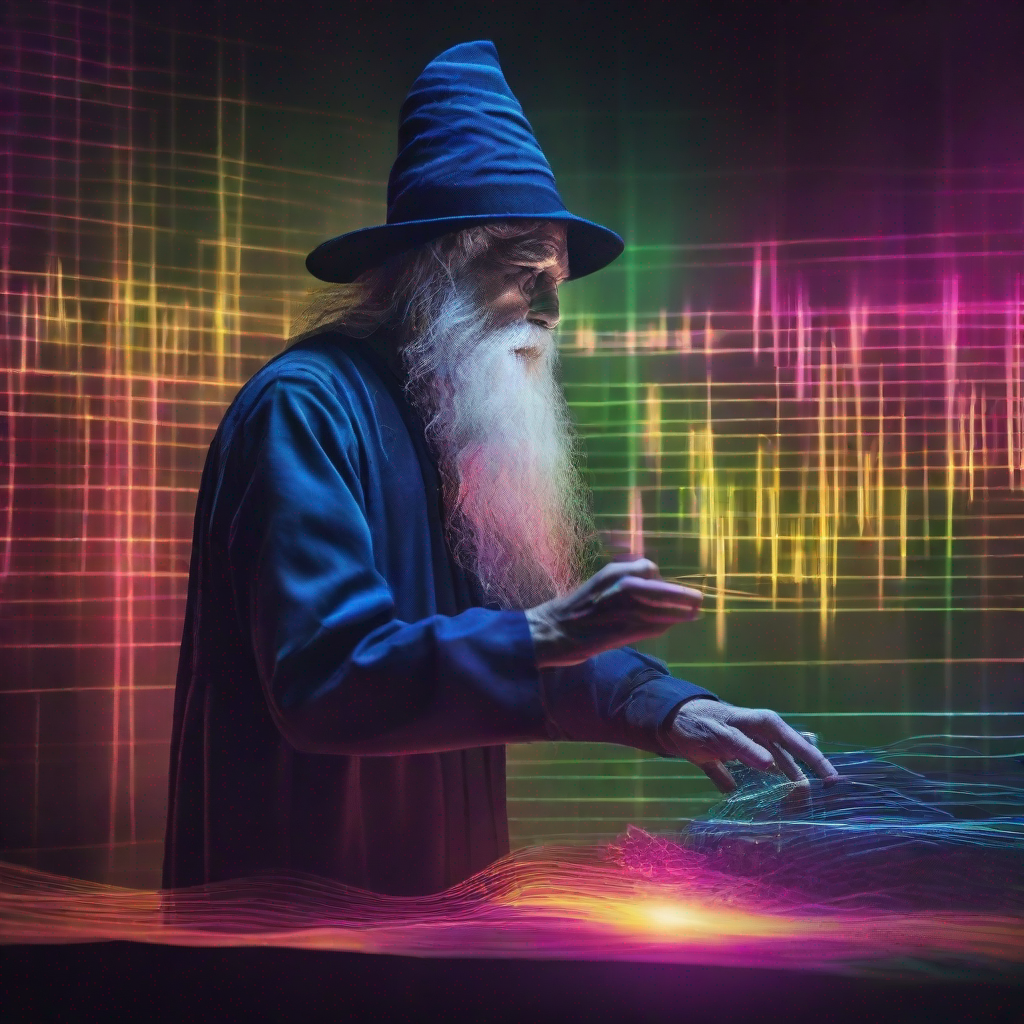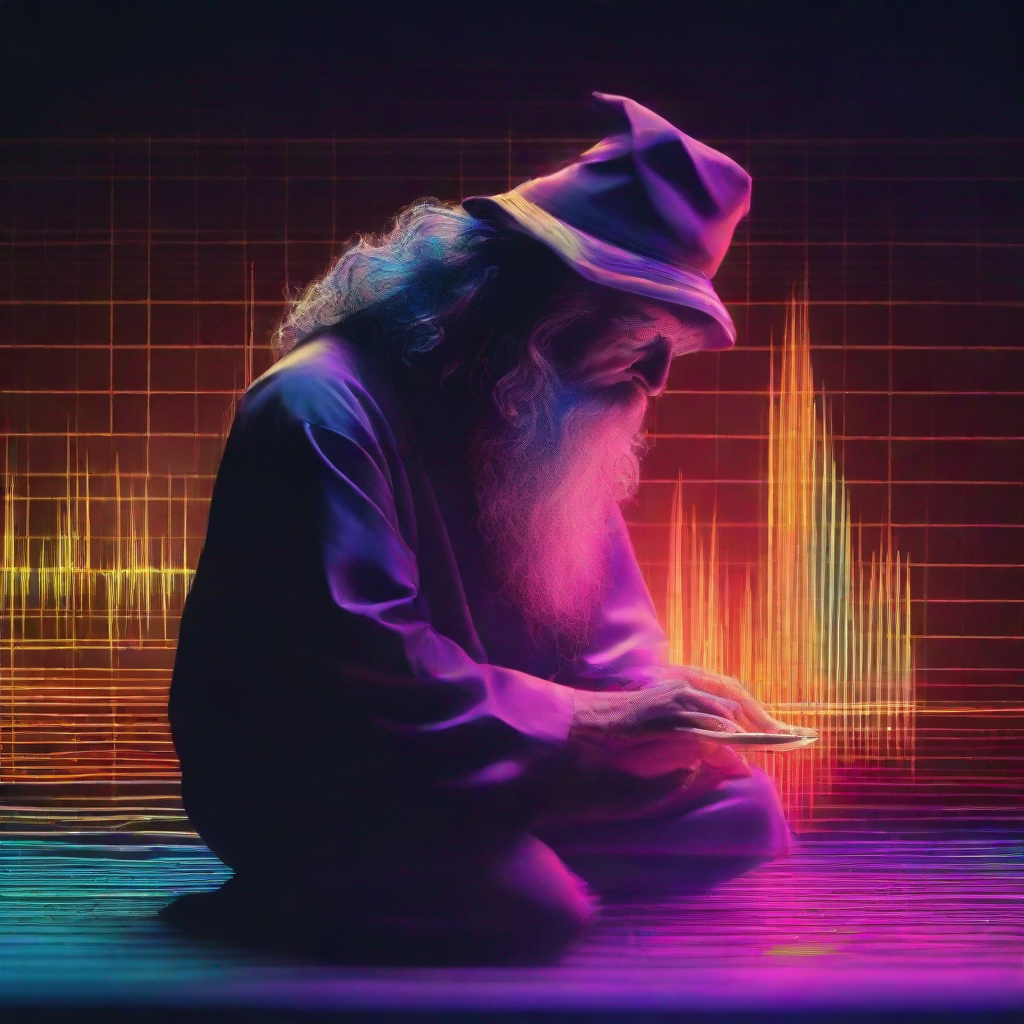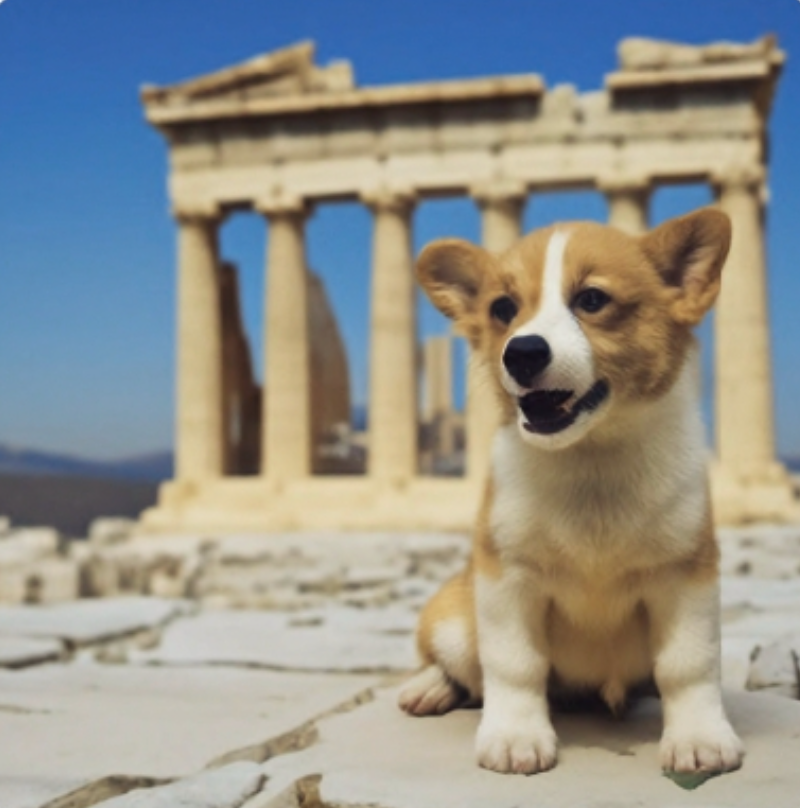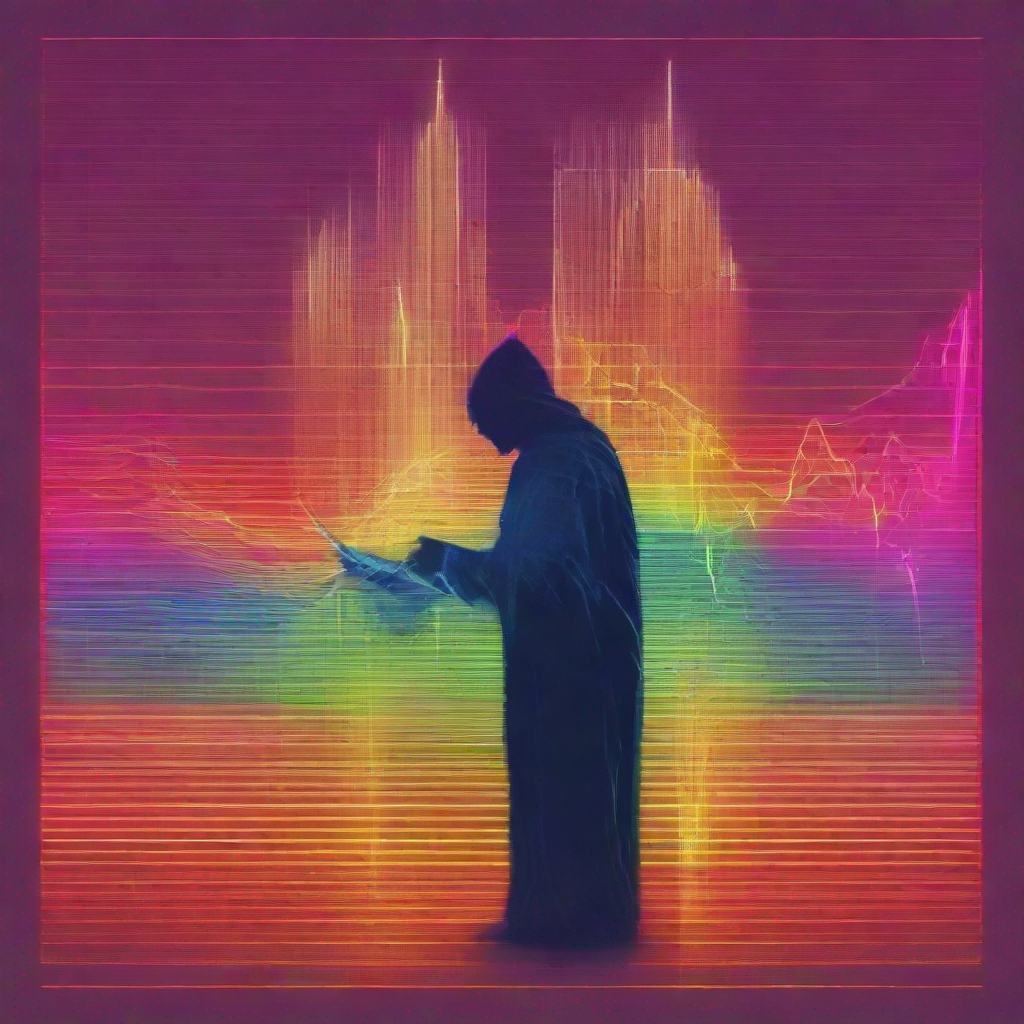train-rvc-model
Maintainer: replicate

18

| Property | Value |
|---|---|
| Model Link | View on Replicate |
| API Spec | View on Replicate |
| Github Link | View on Github |
| Paper Link | No paper link provided |
Get summaries of the top AI models delivered straight to your inbox:
Model overview
The train-rvc-model is a retrieval-based voice conversion framework developed by Replicate that allows users to train their own custom RVC (Retrieval-based Voice Conversion) models. It is built upon the VITS (Variational Inference for Text-to-Speech) architecture and aims to provide a simple and easy-to-use voice conversion solution. The model leverages techniques such as top-1 retrieval to prevent audio quality degradation and supports training with relatively small datasets, making it accessible for users with limited resources. The RVC framework can also be used to blend models for changing the output voice characteristics.
Model inputs and outputs
The train-rvc-model takes in various inputs to configure the training process, including the training dataset, the model version, the F0 (fundamental frequency) extraction method, the training epoch, and the batch size. The key inputs are:
Inputs
- Dataset Zip: A zip file containing the training dataset, with the dataset split into individual WAV files.
- Version: The version of the RVC model to train, with the latest version being
v2. - F0 method: The method used for extracting the fundamental frequency of the audio, with the recommended option being
rmvpe_gpu. - Epoch: The number of training epochs to run.
- Batch Size: The batch size to use during training.
Outputs
- Output: The trained RVC model, which can be used for voice conversion tasks.
Capabilities
The train-rvc-model is capable of training custom RVC models that can perform high-quality voice conversion, even with relatively small datasets. The model leverages advanced techniques like top-1 retrieval to prevent audio quality degradation and supports training on limited hardware resources. Additionally, the RVC framework allows for model blending, enabling users to adjust the output voice characteristics.
What can I use it for?
The train-rvc-model can be used for a variety of voice conversion applications, such as generating synthetic voices, dubbing audio in different languages, or creating personalized voice assistants. By training custom RVC models, users can tailor the voice characteristics to their specific needs, whether it's for personal projects, commercial applications, or creative endeavors. The model's ability to work with small datasets and its simple web-based interface make it accessible for a wide range of users.
Things to try
One interesting feature to explore with the train-rvc-model is the ability to blend multiple RVC models together. By utilizing the "ckpt-merge" option in the web interface, users can combine different trained models to create unique voice characteristics. This can be used to experiment with various voice styles or to refine the output based on specific preferences.
Another aspect worth exploring is the model's performance on different hardware setups, including AMD Radeon and Intel IPEX-enabled GPUs. The RVC framework is designed to be hardware-agnostic, allowing users to leverage a variety of hardware configurations to train their models.
This summary was produced with help from an AI and may contain inaccuracies - check out the links to read the original source documents!
Related Models

create-rvc-dataset

3
The create-rvc-dataset model by zsxkib allows users to create their own Realistic Voice Cloning (RVC v2) dataset using a YouTube link. This model is related to other Replicate models like train-rvc-model, video-retalking, openvoice, and metavoice that focus on voice cloning, audio-based lip synchronization, and large-scale speech models. Model inputs and outputs The create-rvc-dataset model takes a YouTube URL as input and generates a ZIP file containing a dataset of short audio clips extracted from the provided video, with the voice isolated from background noise. The output is a URI pointing to the generated dataset. Inputs YouTube Url**: The URL to the YouTube video you'd like to create an RVC v2 dataset from. Audio Name**: The name to give the dataset. The output will be a zip file containing a folder named dataset// with multiple .mp3 files named split_.mp3. Outputs Output**: A URI pointing to the generated RVC v2 dataset ZIP file. Capabilities The create-rvc-dataset model allows users to easily create their own RVC v2 dataset from a YouTube video. This can be useful for training custom voice cloning models, as the RVC v2 dataset is a key component of the Realistic Voice Cloning approach. What can I use it for? The create-rvc-dataset model is a valuable tool for researchers and developers working on voice cloning, audio-driven lip synchronization, and other related areas. By generating a personalized RVC v2 dataset, you can fine-tune models to your specific needs or experiment with different voice styles and scenarios. Things to try Consider experimenting with different YouTube videos as input to the create-rvc-dataset model, such as videos of public speakers, podcasters, or voice actors. Observe how the quality and diversity of the generated dataset varies based on the source material. You can then use the resulting dataset to train custom voice cloning models with the train-rvc-model model.
Updated Invalid Date

dreambooth

288
dreambooth is a deep learning model developed by researchers from Google Research and Boston University in 2022. It is used to fine-tune existing text-to-image models, such as Stable Diffusion, allowing them to generate more personalized and customized outputs. By training the model on a small set of images, dreambooth can learn to associate a unique identifier with a specific subject, enabling the generation of new images that feature that subject in various contexts. Model inputs and outputs dreambooth takes a set of training images as input, along with prompts that describe the subject and class of those images. The model then outputs trained weights that can be used to generate custom variants of the base text-to-image model, such as Stable Diffusion. Inputs instance_data: A ZIP file containing the training images of the subject you want to specialize the model for. instance_prompt: A prompt that describes the subject of the training images, in the format "a [identifier] [class noun]". class_prompt: A prompt that describes the broader class of the training images, in the format "a [class noun]". class_data (optional): A ZIP file containing training images for the broader class, to help the model maintain generalization. Outputs Trained weights that can be used to generate images with the customized subject. Capabilities dreambooth allows you to fine-tune a pre-trained text-to-image model, such as Stable Diffusion, to specialize in generating images of a specific subject. By training on a small set of images, the model can learn to associate a unique identifier with that subject, enabling the generation of new images that feature the subject in various contexts. What can I use it for? You can use dreambooth to create your own custom variants of text-to-image models, allowing you to generate images that feature specific subjects, characters, or objects. This can be useful for a variety of applications, such as: Generating personalized content for marketing or e-commerce Creating custom assets for video games, films, or other media Exploring creative and artistic use cases by training the model on your own unique subjects Things to try One interesting aspect of dreambooth is its ability to maintain the generalization of the base text-to-image model, even as it specializes in a specific subject. By incorporating the class_prompt and optional class_data, the model can learn to generate a variety of images within the broader class, while still retaining the customized subject. Try experimenting with different prompts and training data to see how this balance can be achieved.
Updated Invalid Date

realistic-voice-cloning

175
The realistic-voice-cloning model, created by zsxkib, is an AI model that can create song covers by cloning a specific voice from audio files. It builds upon the Realistic Voice Cloning (RVC v2) technology, allowing users to generate vocals in the style of any RVC v2 trained voice. This model offers an alternative to similar voice cloning models like create-rvc-dataset, openvoice, free-vc, train-rvc-model, and voicecraft, each with its own unique features and capabilities. Model inputs and outputs The realistic-voice-cloning model takes a variety of inputs that allow users to fine-tune the generated vocals, including the RVC model to use, pitch changes, reverb settings, and more. The output is a generated audio file in either MP3 or WAV format, containing the original song's vocals replaced with the cloned voice. Inputs Song Input**: The audio file to use as the source for the song RVC Model**: The specific RVC v2 model to use for the voice cloning Pitch Change**: Adjust the pitch of the AI-generated vocals Index Rate**: Control the balance between the AI's accent and the original vocals RMS Mix Rate**: Adjust the balance between the original vocal's loudness and a fixed loudness Filter Radius**: Apply median filtering to the harvested pitch results Pitch Detection Algorithm**: Choose between different pitch detection algorithms Protect**: Control the amount of original vocals' breath and voiceless consonants to leave in the AI vocals Reverb Size, Damping, Dryness, and Wetness**: Adjust the reverb settings Pitch Change All**: Change the pitch/key of the background music, backup vocals, and AI vocals Volume Changes**: Adjust the volume of the main AI vocals, backup vocals, and background music Outputs The generated audio file in either MP3 or WAV format, with the original vocals replaced by the cloned voice Capabilities The realistic-voice-cloning model can create high-quality song covers by replacing the original vocals with a cloned voice. Users can fine-tune the generated vocals to achieve their desired sound, adjusting parameters like pitch, reverb, and volume. This model is particularly useful for musicians, content creators, and audio engineers who want to create unique vocal covers or experiments with different voice styles. What can I use it for? The realistic-voice-cloning model can be used to create song covers, remixes, and other audio projects where you want to replace the original vocals with a different voice. This can be useful for musicians who want to experiment with different vocal styles, content creators who want to create unique covers, or audio engineers who need to modify existing vocal tracks. The model's ability to fine-tune the generated vocals also makes it suitable for professional audio production work. Things to try With the realistic-voice-cloning model, you can try creating unique song covers by cloning the voice of your favorite singers or even your own voice. Experiment with different RVC models, pitch changes, and reverb settings to achieve the desired sound. You could also explore using the model to create custom vocal samples or background vocals for your music productions. The versatility of the model allows for a wide range of creative possibilities.
Updated Invalid Date

stable-diffusion

107.9K
Stable Diffusion is a latent text-to-image diffusion model capable of generating photo-realistic images given any text input. Developed by Stability AI, it is an impressive AI model that can create stunning visuals from simple text prompts. The model has several versions, with each newer version being trained for longer and producing higher-quality images than the previous ones. The main advantage of Stable Diffusion is its ability to generate highly detailed and realistic images from a wide range of textual descriptions. This makes it a powerful tool for creative applications, allowing users to visualize their ideas and concepts in a photorealistic way. The model has been trained on a large and diverse dataset, enabling it to handle a broad spectrum of subjects and styles. Model inputs and outputs Inputs Prompt**: The text prompt that describes the desired image. This can be a simple description or a more detailed, creative prompt. Seed**: An optional random seed value to control the randomness of the image generation process. Width and Height**: The desired dimensions of the generated image, which must be multiples of 64. Scheduler**: The algorithm used to generate the image, with options like DPMSolverMultistep. Num Outputs**: The number of images to generate (up to 4). Guidance Scale**: The scale for classifier-free guidance, which controls the trade-off between image quality and faithfulness to the input prompt. Negative Prompt**: Text that specifies things the model should avoid including in the generated image. Num Inference Steps**: The number of denoising steps to perform during the image generation process. Outputs Array of image URLs**: The generated images are returned as an array of URLs pointing to the created images. Capabilities Stable Diffusion is capable of generating a wide variety of photorealistic images from text prompts. It can create images of people, animals, landscapes, architecture, and more, with a high level of detail and accuracy. The model is particularly skilled at rendering complex scenes and capturing the essence of the input prompt. One of the key strengths of Stable Diffusion is its ability to handle diverse prompts, from simple descriptions to more creative and imaginative ideas. The model can generate images of fantastical creatures, surreal landscapes, and even abstract concepts with impressive results. What can I use it for? Stable Diffusion can be used for a variety of creative applications, such as: Visualizing ideas and concepts for art, design, or storytelling Generating images for use in marketing, advertising, or social media Aiding in the development of games, movies, or other visual media Exploring and experimenting with new ideas and artistic styles The model's versatility and high-quality output make it a valuable tool for anyone looking to bring their ideas to life through visual art. By combining the power of AI with human creativity, Stable Diffusion opens up new possibilities for visual expression and innovation. Things to try One interesting aspect of Stable Diffusion is its ability to generate images with a high level of detail and realism. Users can experiment with prompts that combine specific elements, such as "a steam-powered robot exploring a lush, alien jungle," to see how the model handles complex and imaginative scenes. Additionally, the model's support for different image sizes and resolutions allows users to explore the limits of its capabilities. By generating images at various scales, users can see how the model handles the level of detail and complexity required for different use cases, such as high-resolution artwork or smaller social media graphics. Overall, Stable Diffusion is a powerful and versatile AI model that offers endless possibilities for creative expression and exploration. By experimenting with different prompts, settings, and output formats, users can unlock the full potential of this cutting-edge text-to-image technology.
Updated Invalid Date